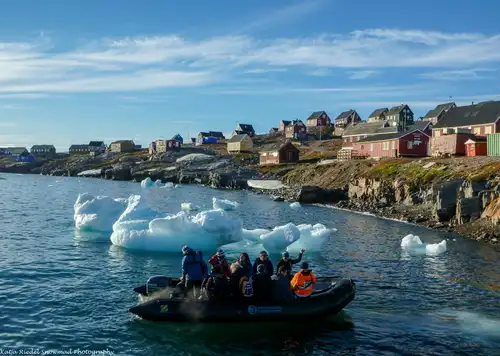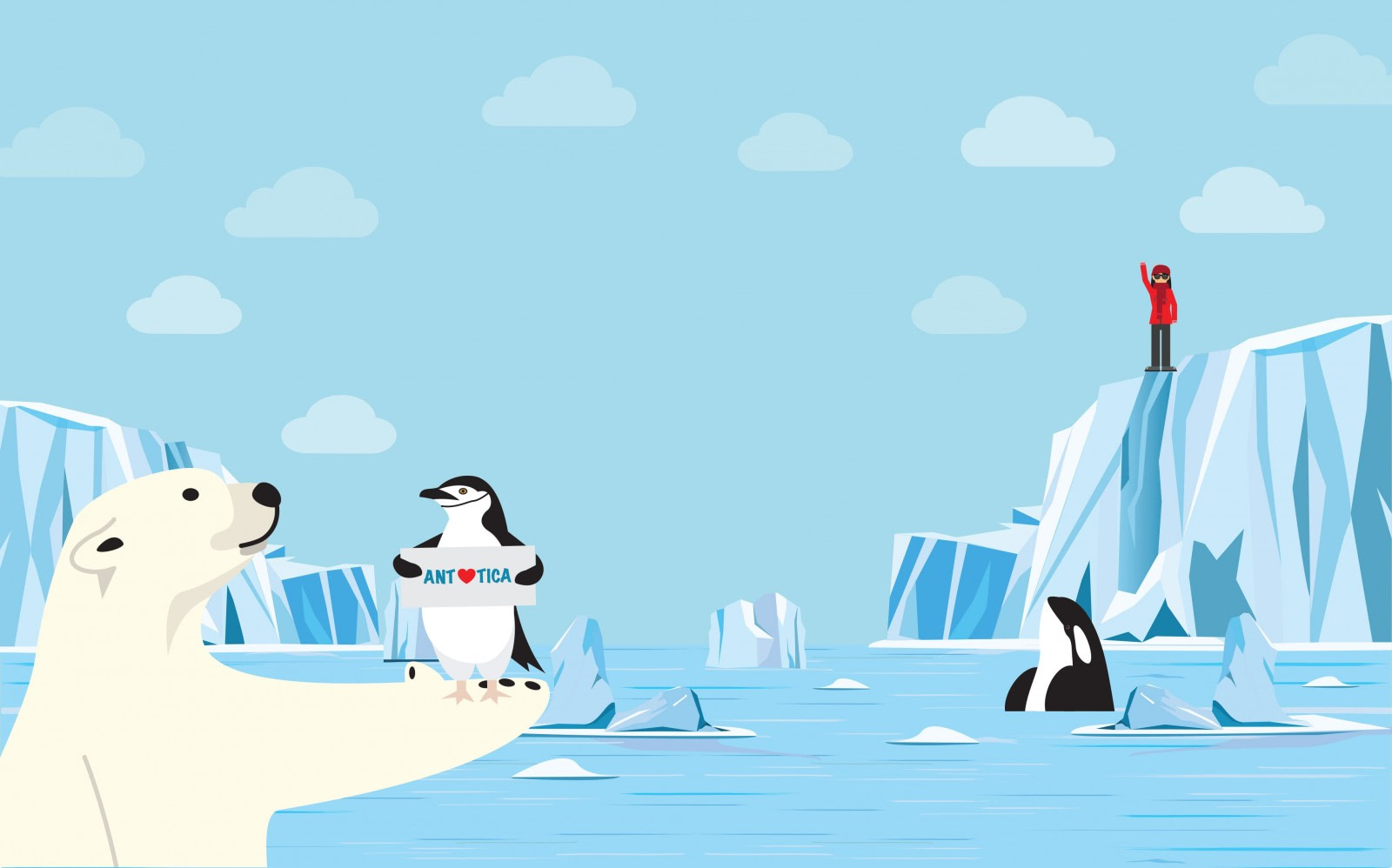Sunrises vs. sunsets, coffee vs. tea, Wonder Woman vs. Superman...
The world is full of endless comparisons and contrasts. However, few things highlight the polarities of our planet as distinctly as its magnetic poles – the Arctic in the north and Antarctica in the south.
While there are many similarities between these two regions, and they might seem identical at first glance, Earth's icy extremities are vastly different in their physical makeup. They also offer unique travel and tourism experiences. Deciding which destination to visit can be a challenging puzzle, sometimes even deterring potential travelers.
But it doesn't have to be that way.
If you're debating whether your next polar adventure should be to the Arctic or Antarctica, keep reading. The insights you gain might help you choose between a trip that ends in disappointment or one that ignites a lifelong passion for polar exploration.
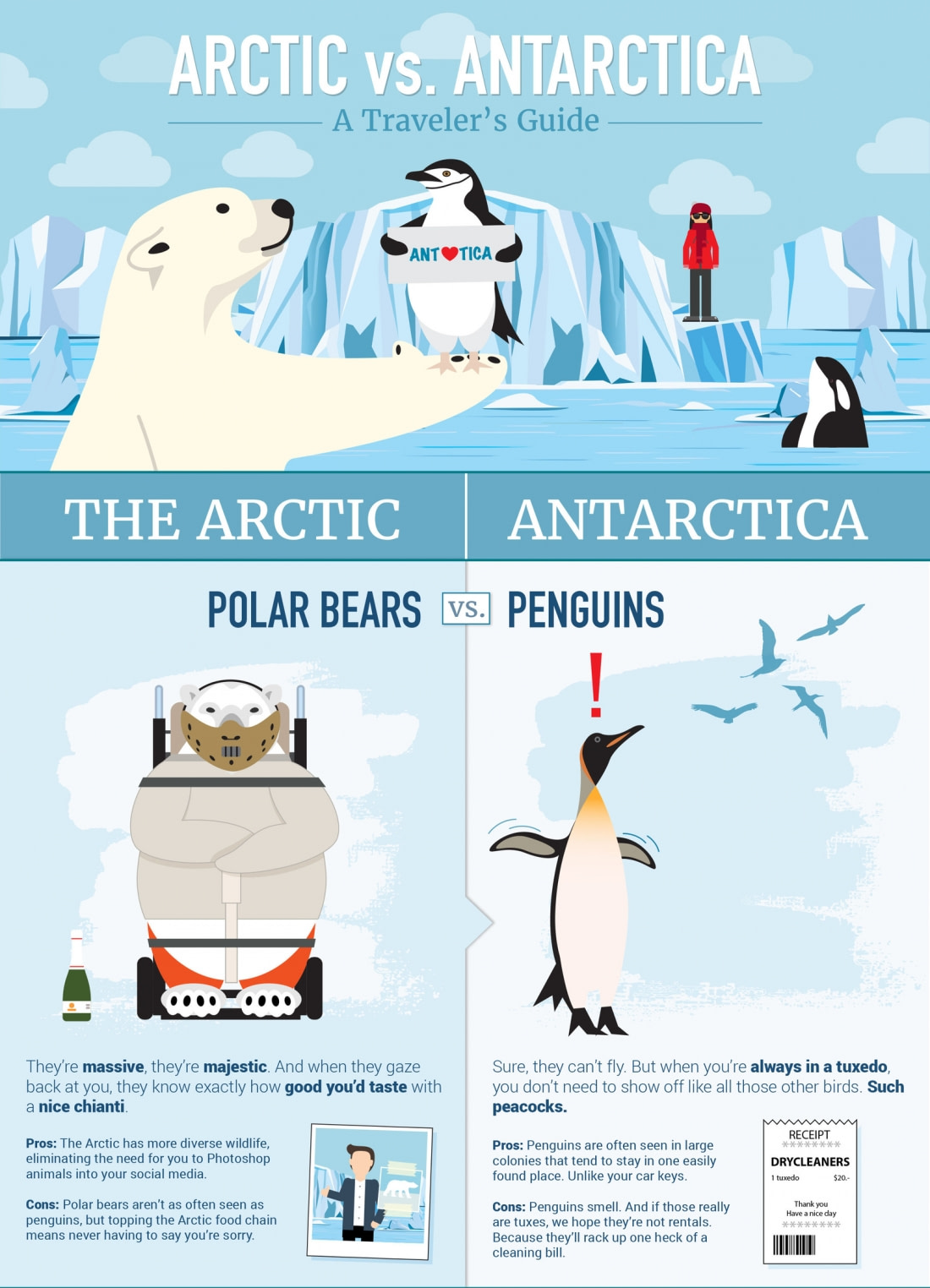
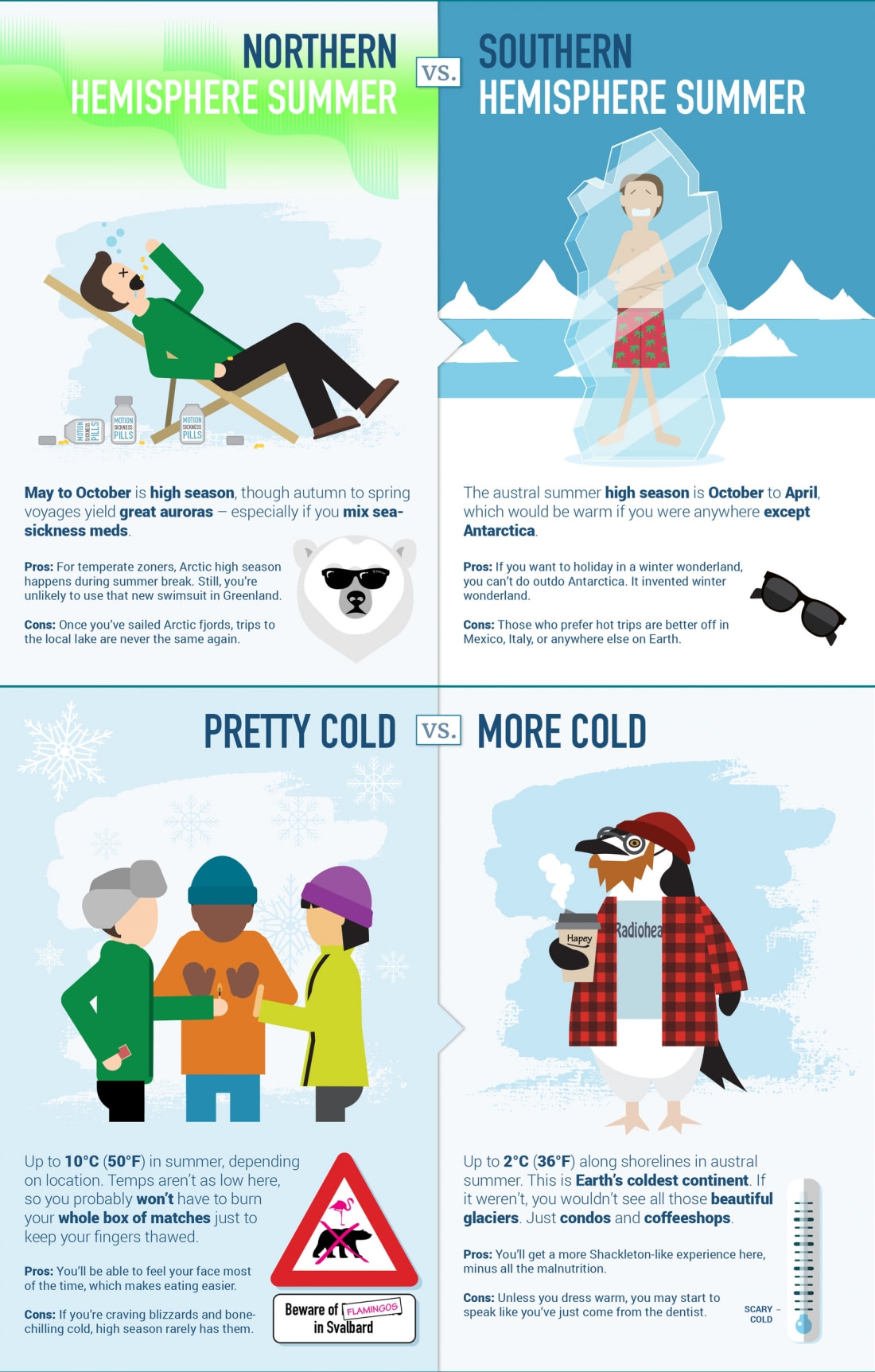
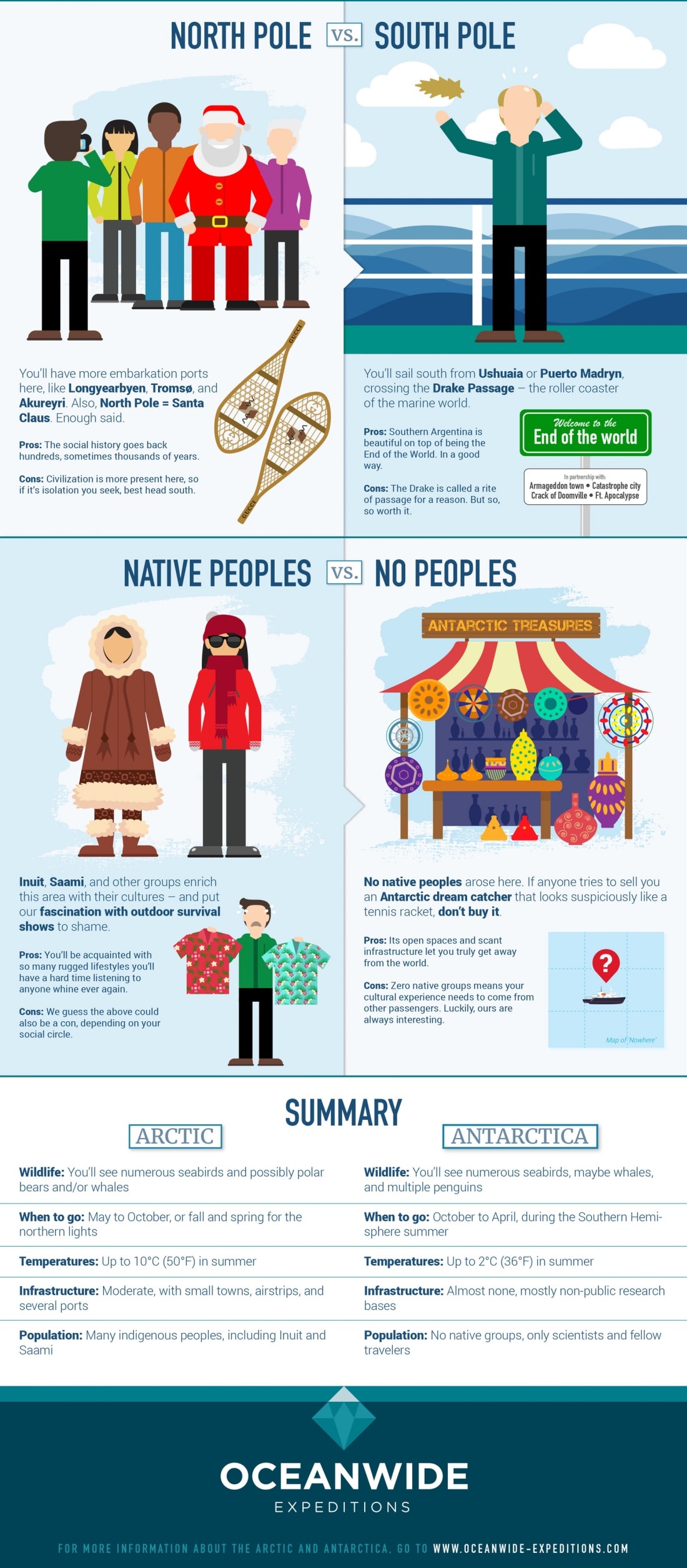
Blog



Polar Cuisine in Pictures
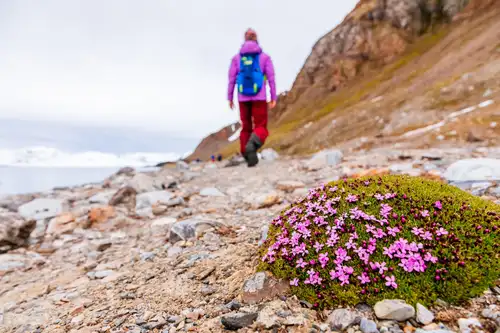
Seizing the Season: Spitsbergen’s Late Spring, Early Summer
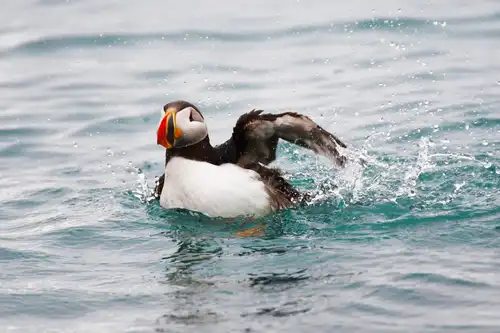
Puffins: Clown Birds of the Atlantic
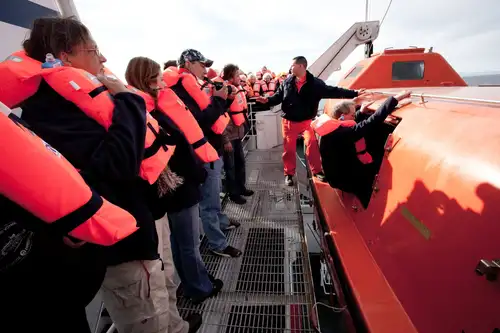
The Evolving Shipboard Eco-traveler
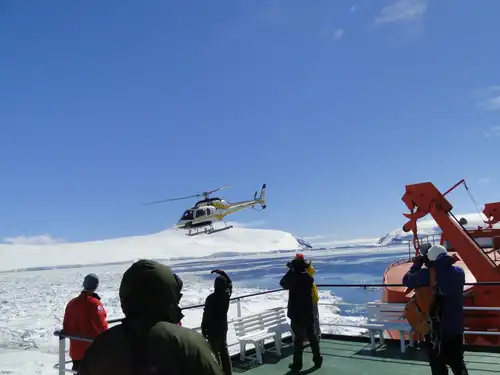
The Wonderful Weddell Sea: Places, Pics, and Impressions
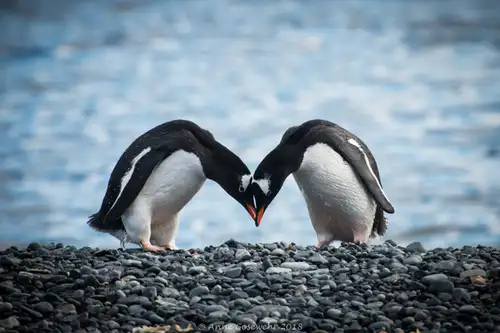
Polar Amore: 14 Wildlife Pics to Warm up Your Valentine’s Day
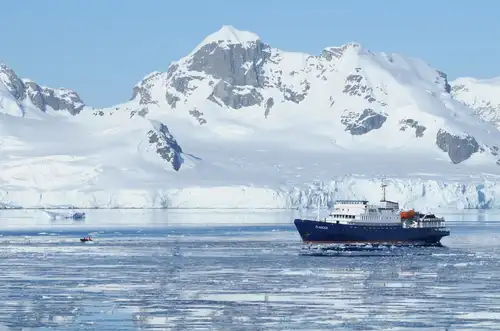
The Ultimate Traveler’s Guide to the Arctic and Antarctica
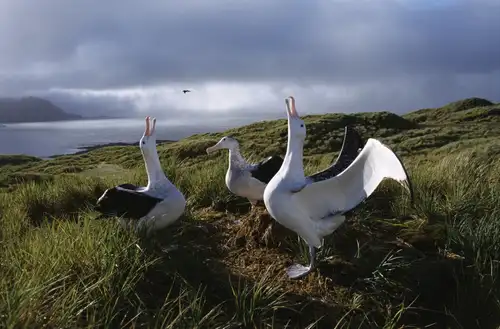
Albatross, penguin and krill research in Antarctica
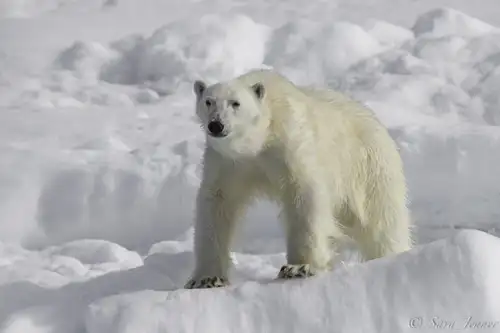
International Polar Bear Day
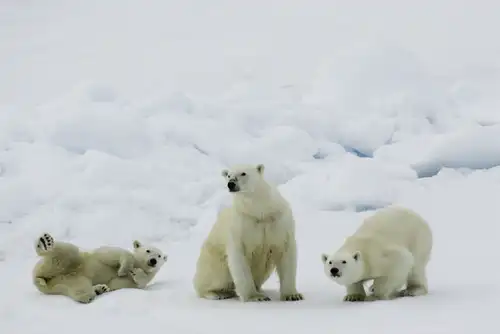
Polar bear encounter in Spitsbergen

Inside the Svalbard Global Seed Vault

Arctic Mythology: Inuit, Saami, and the Ancient Greeks

What to pack for your Atlantic Odyssey voyage?

The First Overwintering Hut in Antarctica
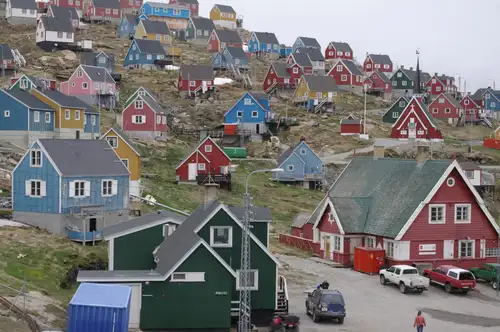
10 Traits of Post-Ice-Age Greenland
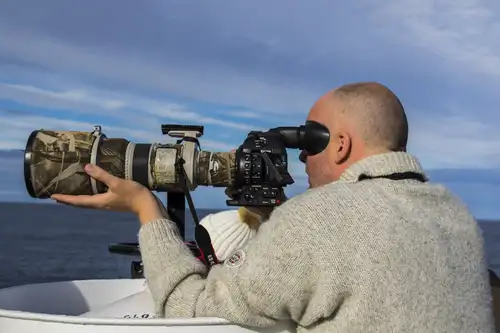
10 Tried-and-True Bird Photography Tips
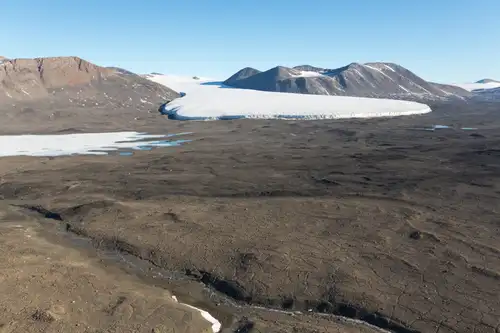
The Dirty Details of Antarctica's Dry Valleys
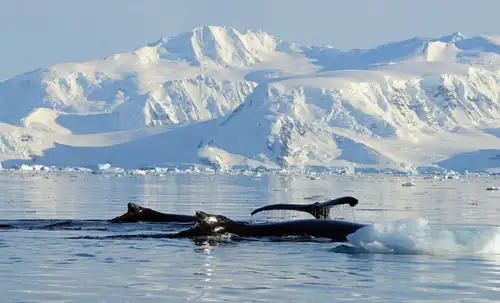
Humpback Whales: the Stars of the Western Antarctic Peninsula
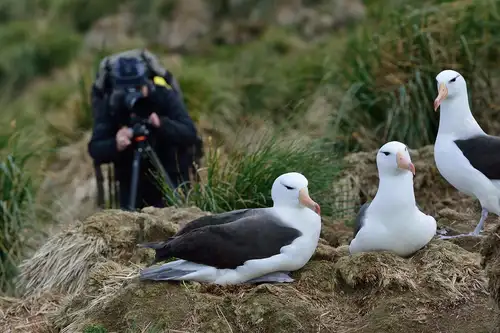
15 Falkland Islands Bird Photos
